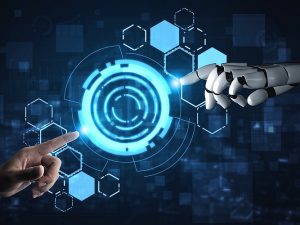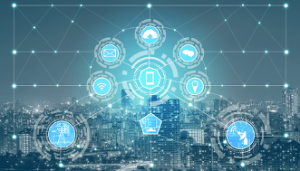 Artificial Intelligence is being implemented across government to modernize and automate traditional manual processes. For many organizations, this means taking paper-based, tedious, error-prone tasks and turning them over to a machine for automated completion. Beyond using AI to hand off tasks best completed by machines -- those that are rote and repetitive -- agencies are also looking at ways to introduce the technology into already complex human-driven activities to make them even more effective and efficient.
Artificial Intelligence is being implemented across government to modernize and automate traditional manual processes. For many organizations, this means taking paper-based, tedious, error-prone tasks and turning them over to a machine for automated completion. Beyond using AI to hand off tasks best completed by machines -- those that are rote and repetitive -- agencies are also looking at ways to introduce the technology into already complex human-driven activities to make them even more effective and efficient.
Researchers at Dartmouth College's Department of Computer Science have taken a technique that proved valuable in WWII and applied AI to extend the usefulness of the method. A canary trap is a technique that plants different instances of false information in documents. If one of those documents is leaked, the canary will "sing," identifying the leaker. For example, in WWII British intelligence agents planted false documents on a corpse to trick Nazi Germany into preparing for an assault on Greece while the Allies invaded Sicily. The team at Dartmouth created a modern version, WE-FORGE, that plants different instances of false information in documents. The process is relatively simple when creating a small number of variations in a handful of documents, but to extend it to large scientific or technical documents, AI is essential. WE-FORGE uses natural language processing to generate multiple fake files that are believable yet incorrect.



 With the government fiscal year starting in October, our Federal government gets a head start on their New Year's resolutions. As we launch into a new year--a new decade, even--we wanted to take a quick look at government technology priorities for 2020 and beyond.
With the government fiscal year starting in October, our Federal government gets a head start on their New Year's resolutions. As we launch into a new year--a new decade, even--we wanted to take a quick look at government technology priorities for 2020 and beyond.

